Nestled at the foot of the Malvern Hills, the Victorian spa town of Malvern has long been a popular tourist destination with visitors travelling from far and wide to take the Malvern spring water for medicinal purposes. After hearing so many nice things about the town we decided it was time to take a look for ourselves.
Getting there:
Malvern is located a short distance from the M5 motorway, accessed either via Worcester or the M50 spur from the North and South respectively. We left our car in a car park close to Malvern Splash which was very convenient for exploring the centre. The town also benefits from good rail connections with direct Great Western Railway services to Birmingham, Oxford and London.
Join a guided walking tour:
The town is easily walkable with the parks at the foot of the hill leading past the Priory and shopping areas with regular information boards providing a guided ‘Route to the Hills’. By following these signs visitors can continue up into the Malvern Hills that rise above the town. Guided walking tours are also available as an option and these cover the main sites and provide historical context and information.
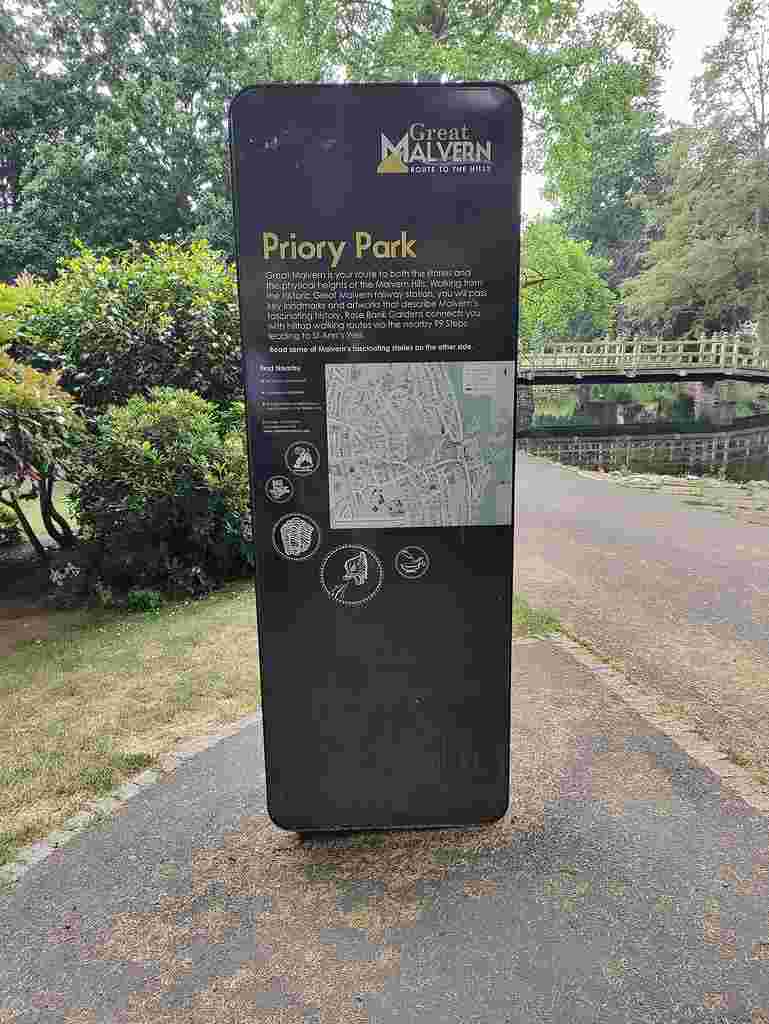
We joined one of these town walks organised by the Malvern Civic Society to learn about the fascinating history of the town. Led by Roger, one of their knowledgeable and enthusiastic guides we explored the main sites of the town learning much more than if we had just wandered around on our own. Pre-bookable 90 minute tours £5. Malvern Town Walking Tours.
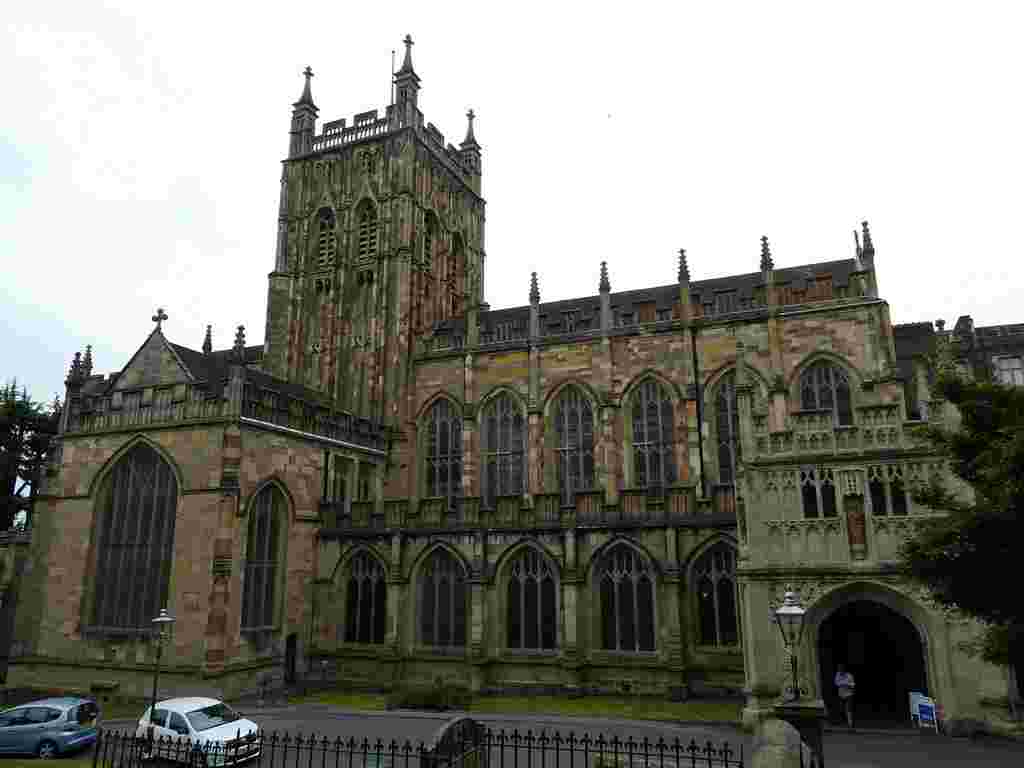
Great Malvern Priory: a former Benedictine monastery. With its perpendicular architecture and Norman pillars the 900 year old church is absolutely beautiful. The choir stalls are of special interest with their small carved shelves to the underside of the seats. These are known as misericords and were designed so that when the seat was tipped up the choristers could rest back on the shelf.
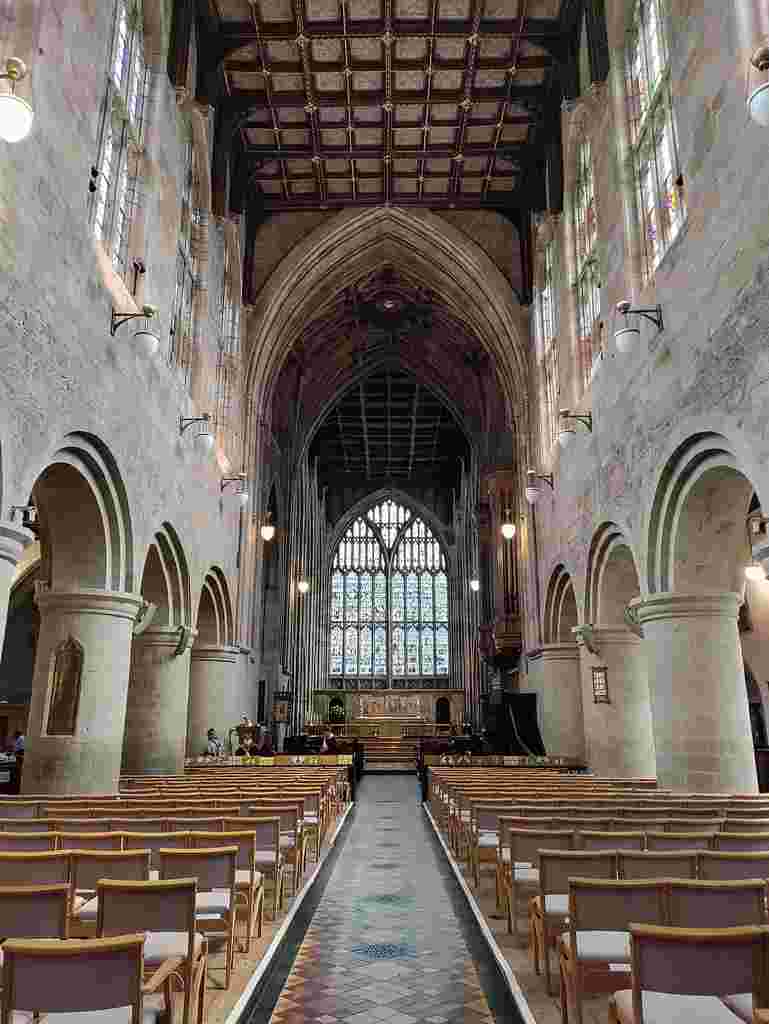
The priory contains the oldest stained glass windows along with York Minster and has literary connections to C.S. Lewis. Admission free. Great Malvern Priory.
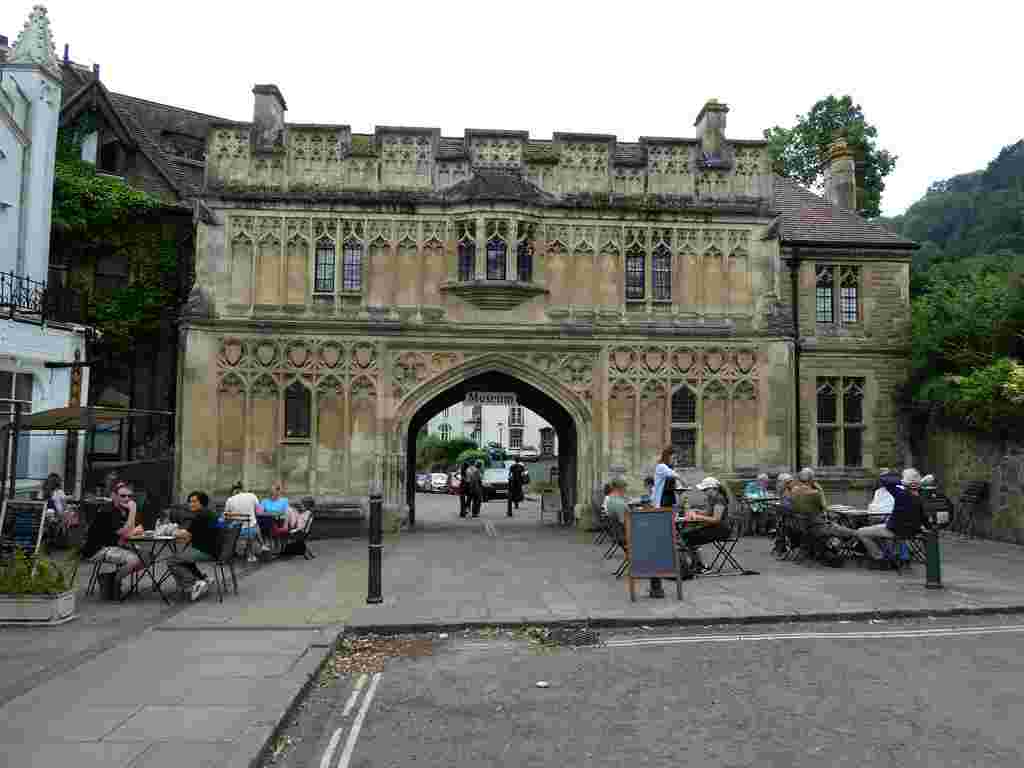
Abbey Gateway: now home to Malvern’s museum and formerly the gatehouse to Great Malvern’s Benedictine priory which was constructed in 1480. The museum documents the town’s history and development.
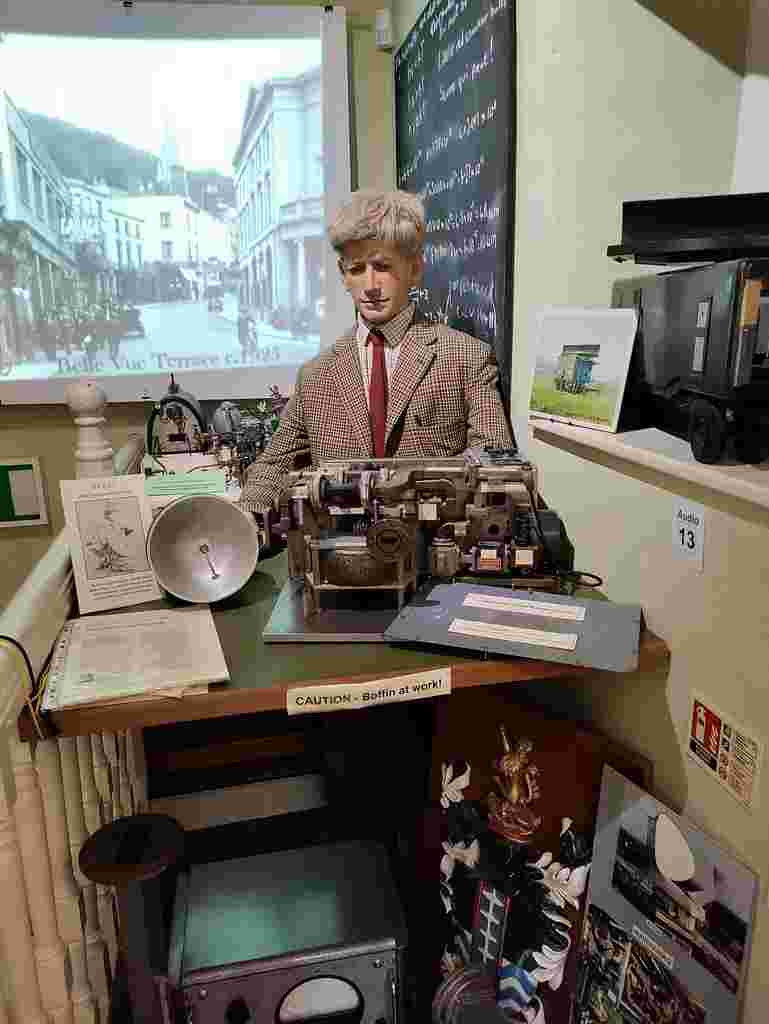
The museum is divided into several sections, the first one we explored was the Malvern Hills Room where we learnt about the geology of the ancient Malvern Hills. We then continued into the Medieval Room where we learnt more about the 11th century Benedictine monastery. The Water Cure Room was also very interesting as it demonstrated how Malvern’s famous mineral water was bottled and how the water cure doctors utilised it. Finally, we viewed early equipment connected to the town’s famous defence research establishment where historic radar equipment was developed. Entry £2. Malvern Museum.
Priory Park: formerly the gardens of the Priory Mansion constructed in 1872 and now used as the Council House.
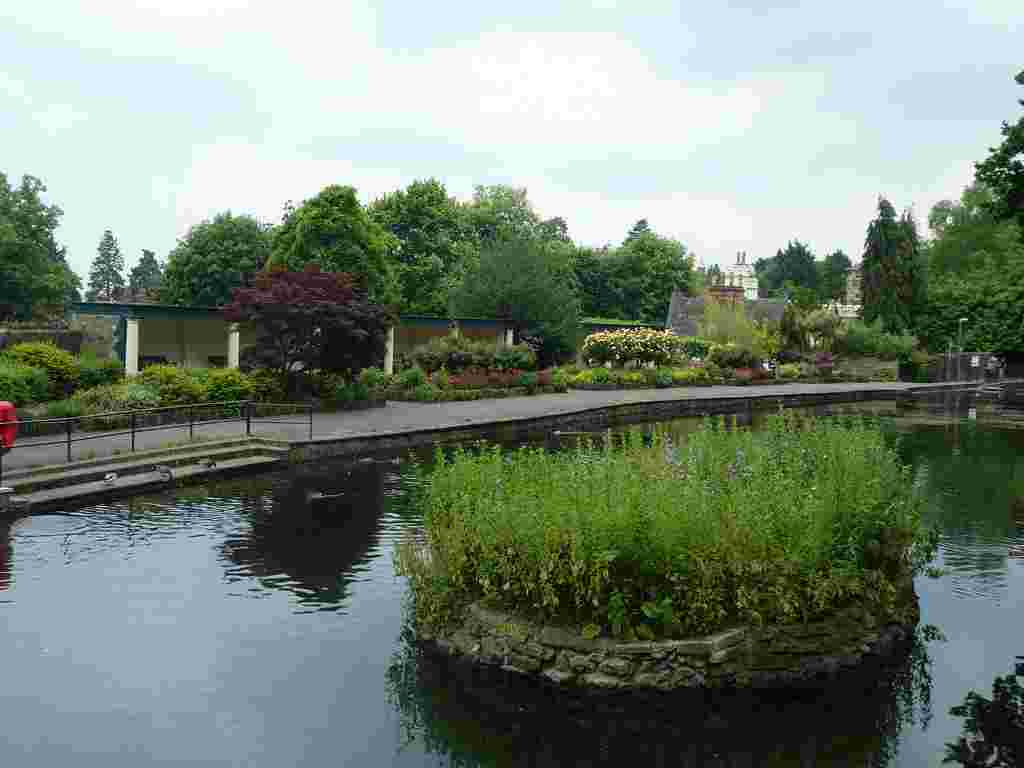
The gardens were originally laid out as an arboretum and there are some fine examples of specimen trees providing both colour and shade in the park.
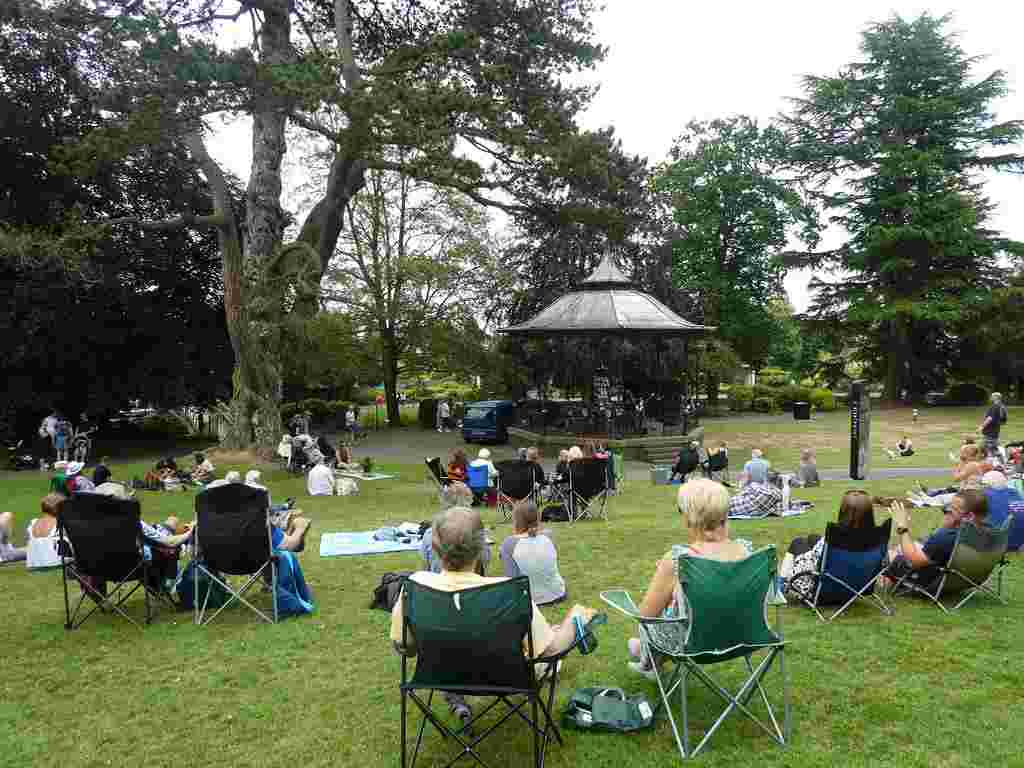
‘Bands on the Park’ concerts take place in the Victorian bandstand during the summer months. One of these was taking place whilst we were there so we paused awhile to enjoy the music, mingling with locals who had brought along chairs and picnics for an afternoon’s entertainment.
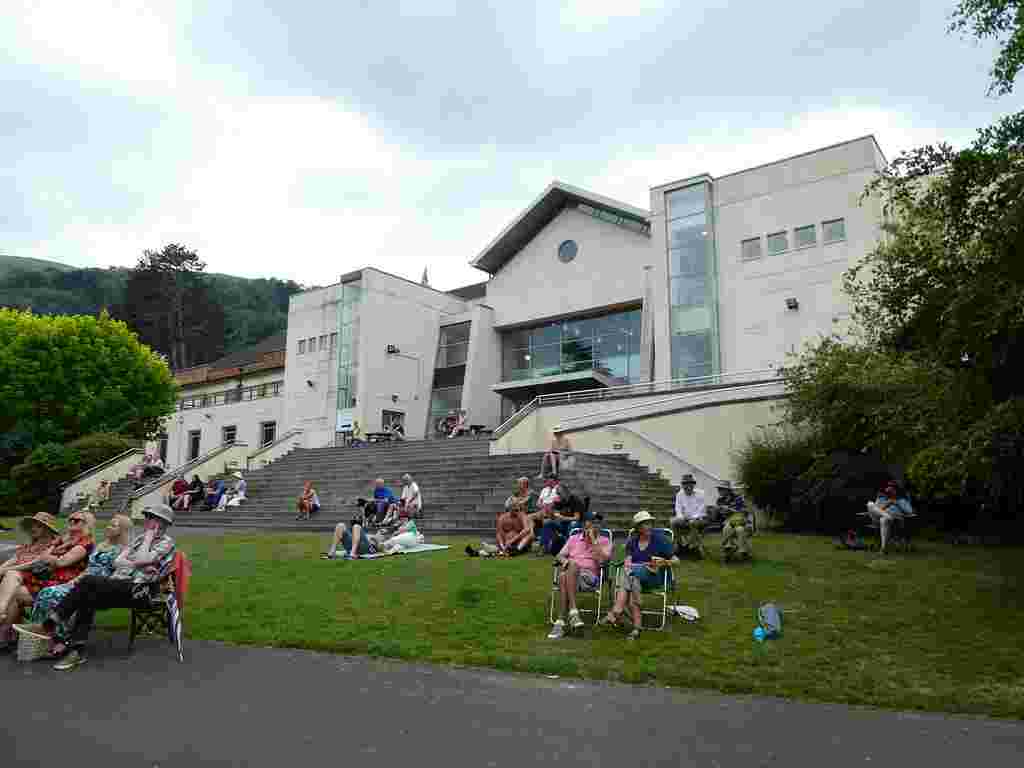
Malvern Theatre: this large theatre which dates back to 1885 and used to be known as The Winter Gardens overlooks the park. The theatre became famous for its George Bernard Shaw productions and attracts productions straight from London’s West End. Malvern Theatre. Close by stands the attractive Coach House theatre where amateur productions take place.
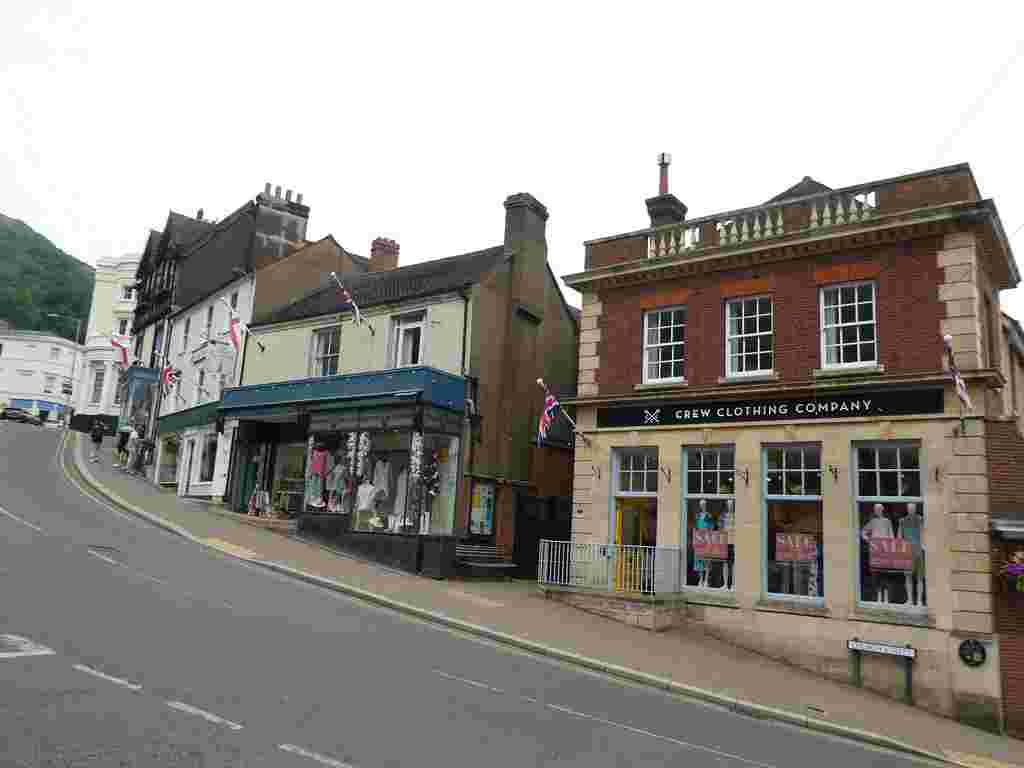
Shopping & Dining: Malvern has a thriving high street with numerous interesting small independent retailers including the ever popular Malvern Bookshop which has been serving its loyal customers since 1954. Dotted between the shops are some lovely pubs, cafes and restaurants.
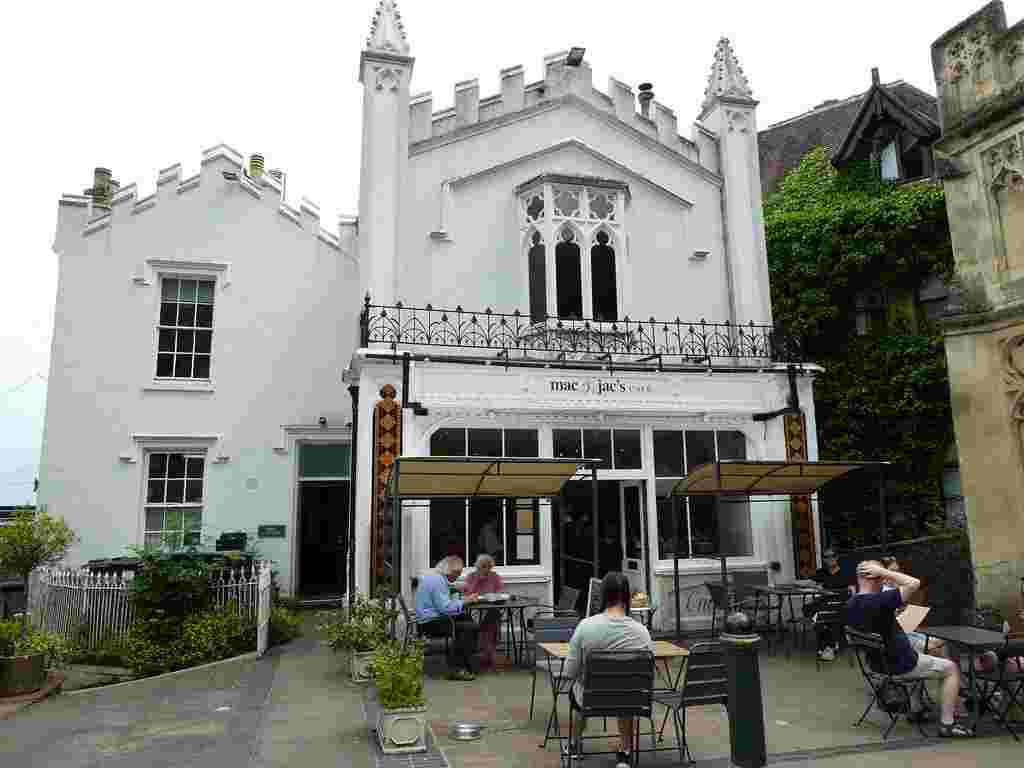
We enjoyed a delicious lunch at Mac & Jacs, a delightful independent cafe housed in a former butcher’s shop in an attractive setting next to the Abbey Gateway.
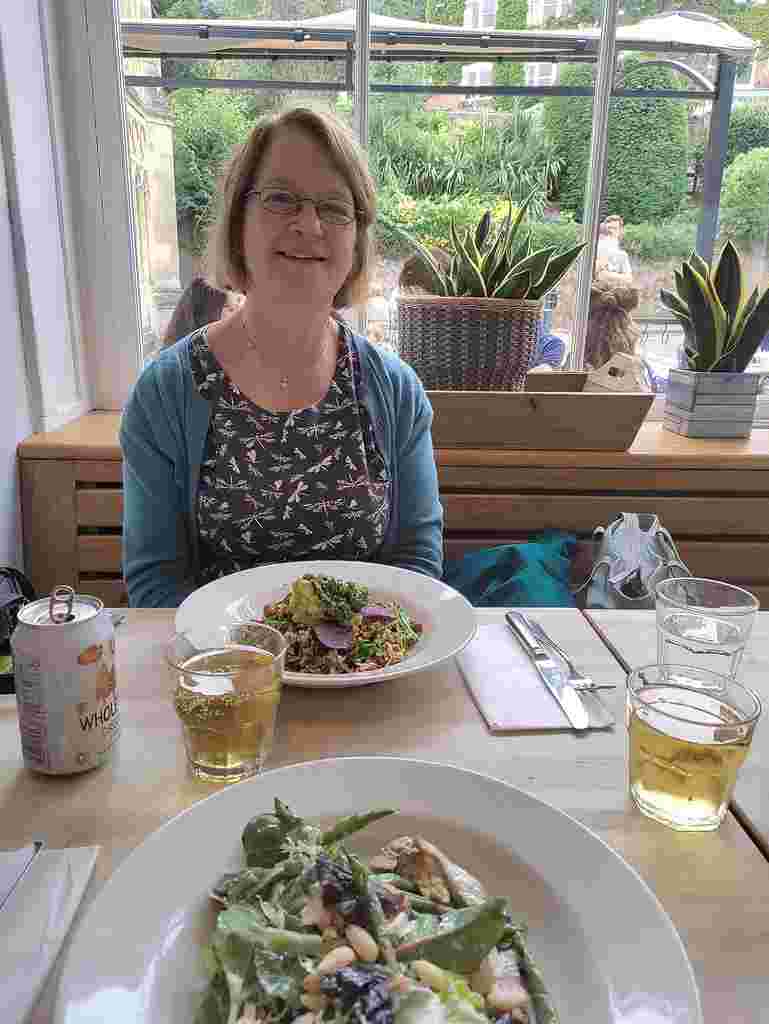
With two indoor dining areas along with an outdoor terrace, it’s the perfect lunch spot. Our choices of a Buddha bowl, chicken salad and chocolate brownie and almond tart desserts were just right for lunch on a hot summer’s day.
Further afield:
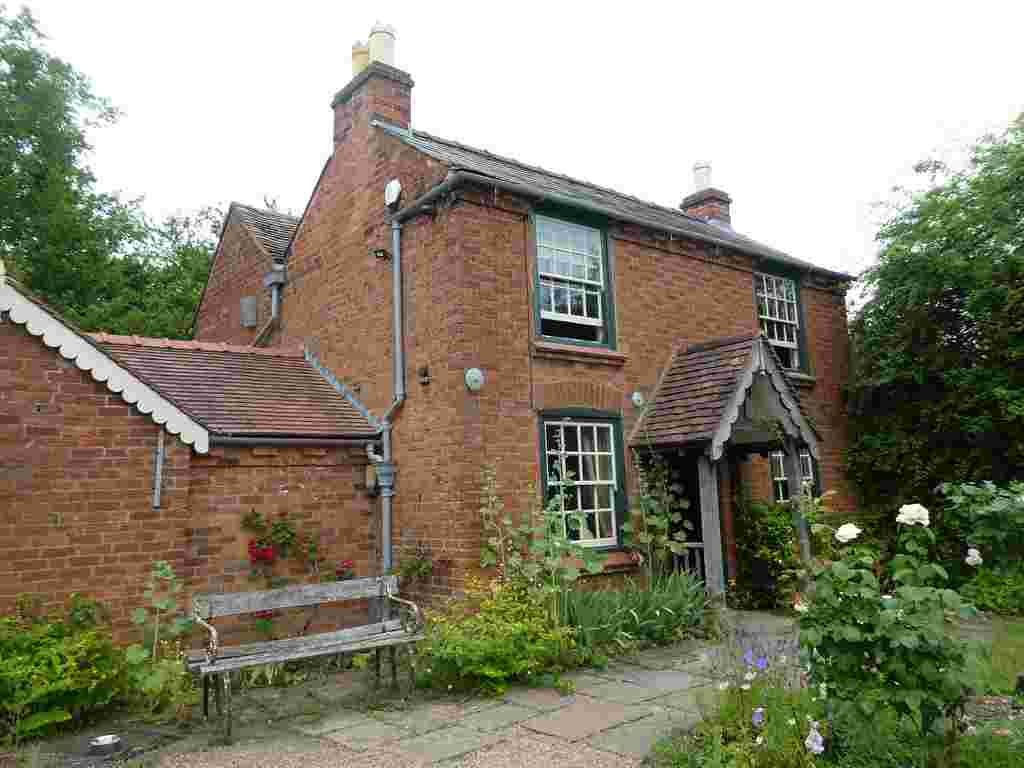
The Firs: Elgar Birthplace Museum is located at Lower Broadheath, just outside Worcester and is maintained by the National Trust. Start by exploring the visitor centre to gain an insight into the life of England’s most famous composer. Included in the collection are many of his personal belongings, musical scores, artefacts and photos. Elgar wrote some of his most loved pieces in and around the Malvern Hills including his renowned Enigma Variations.
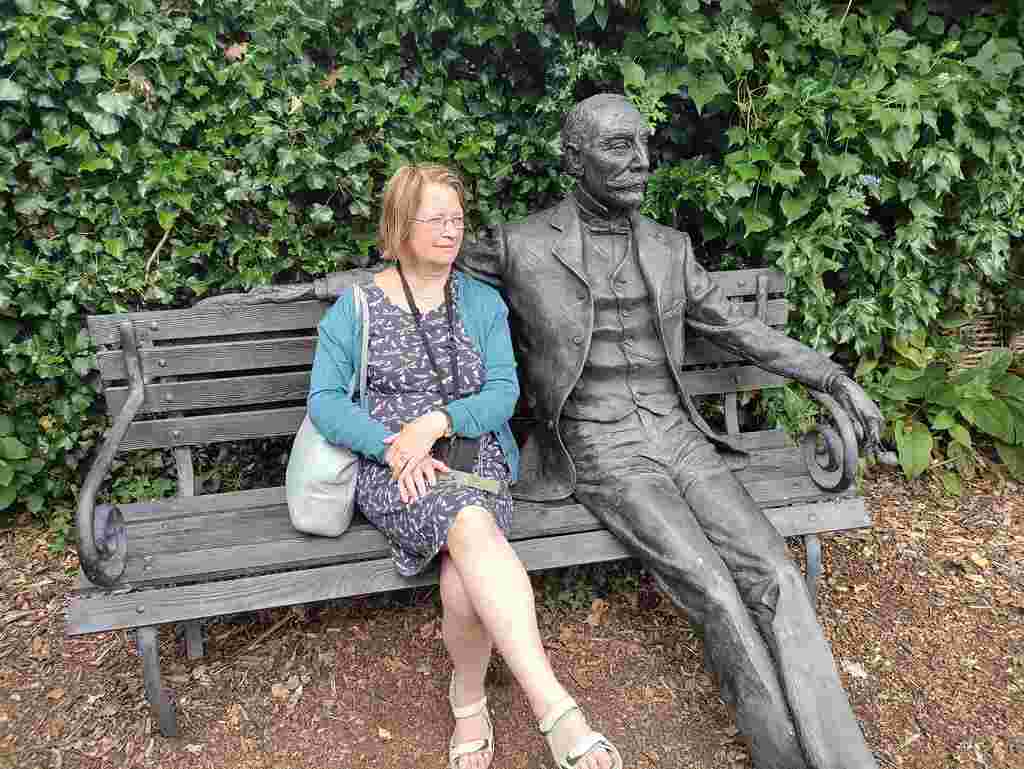
A delightful cottage garden connects the visitor centre with the small, red brick cottage where Elgar spent his early life. The garden is a haven of tranquillity and the epitome of a traditional English country garden with its array of summer blooms.
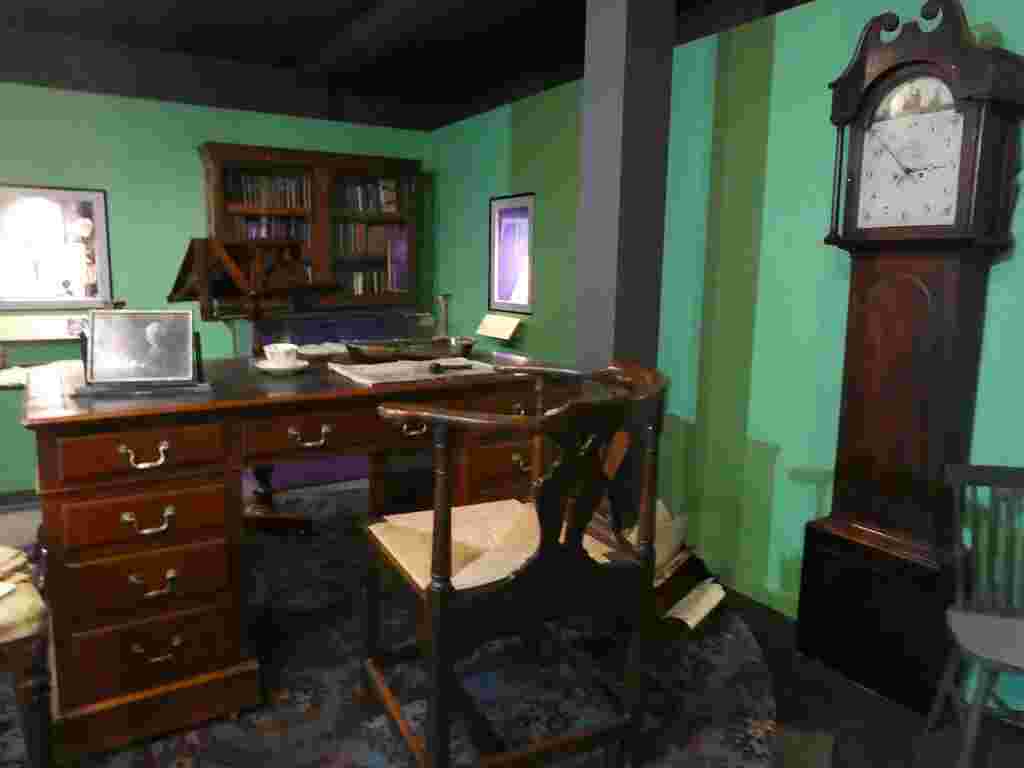
Explore the humble cottage which is furnished as it would have been in the late 1850’s. Small, it may have been but taking pride of place in the parlour was an upright piano demonstrating the Elgar family’s love of music. Admission to The Firs £9.50 and free for National Trust members. The Firs.
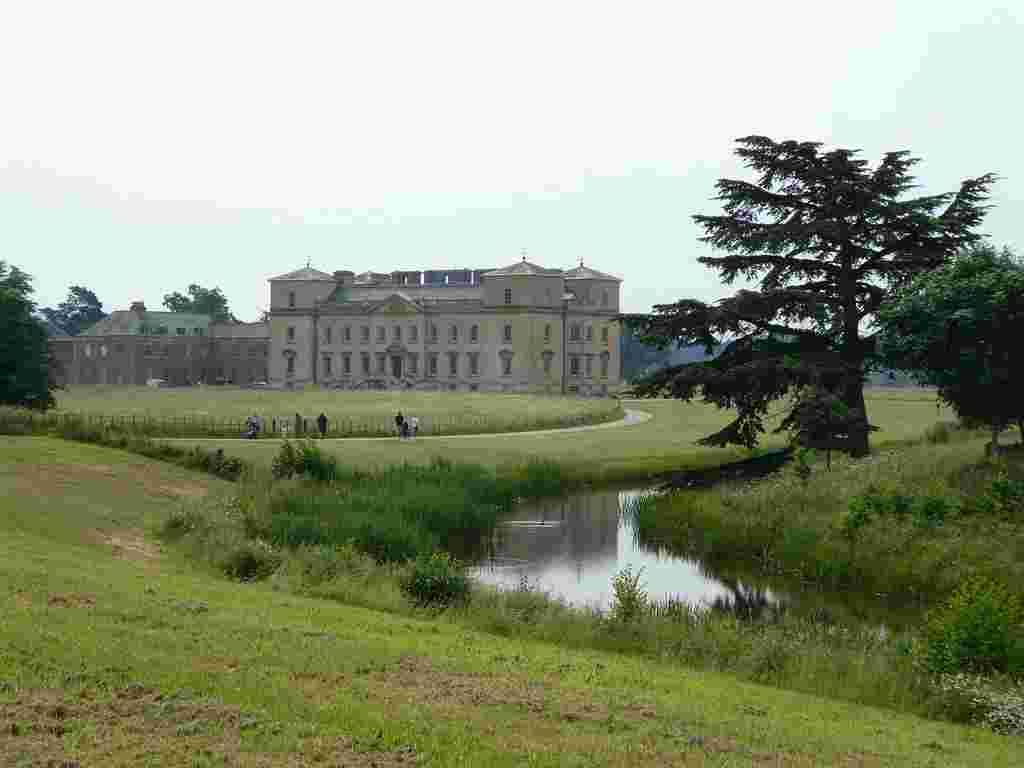
Croome Court located at High Green, Worcester is another National Trust property worth visiting. The Georgian mansion is set in 650 acres of parkland designed by Britain’s most renowned landscape gardener Lancelot ‘Capability’ Brown.

With walking trails of varying length to follow, it’s a pleasant place for a tranquil walk surrounded by the Malvern Hills. Visit the estate church of St. Mary Magdalene and numerous follies positioned around the lakeside.
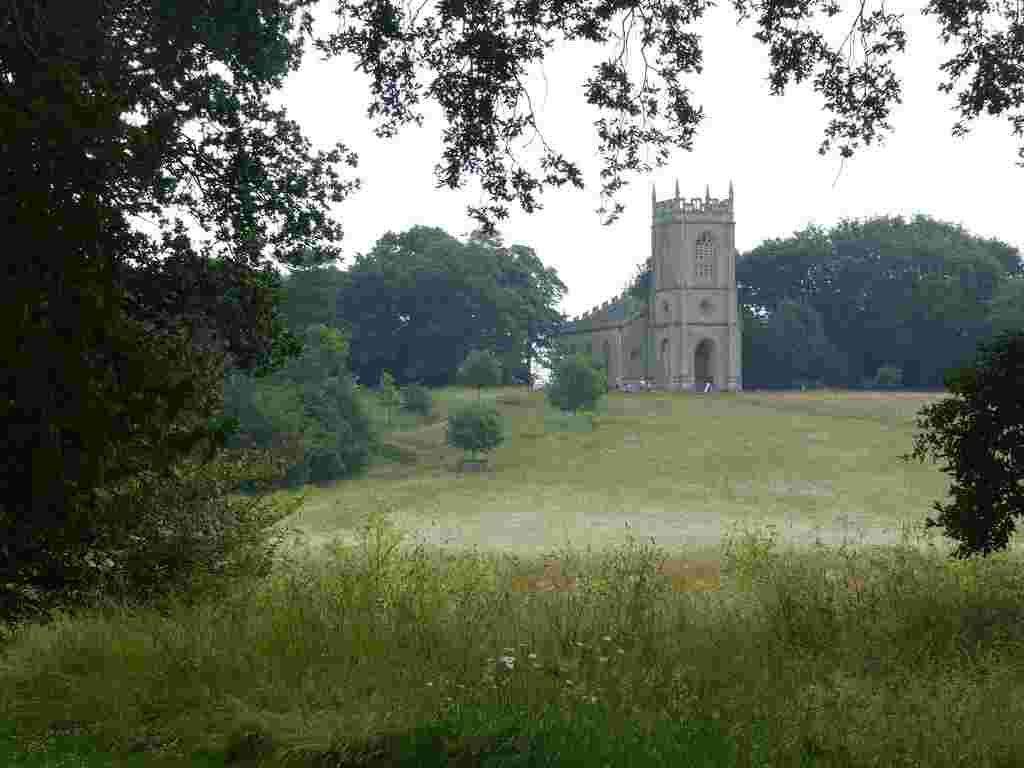
The interior of both the house and church are attributed to Robert Adam the famous neo-classical designer and were completed in 1763. Admission includes self guided tours of the house but with most of its furnishings absent, the interior isn’t necessarily what is expected from a traditional stately home.
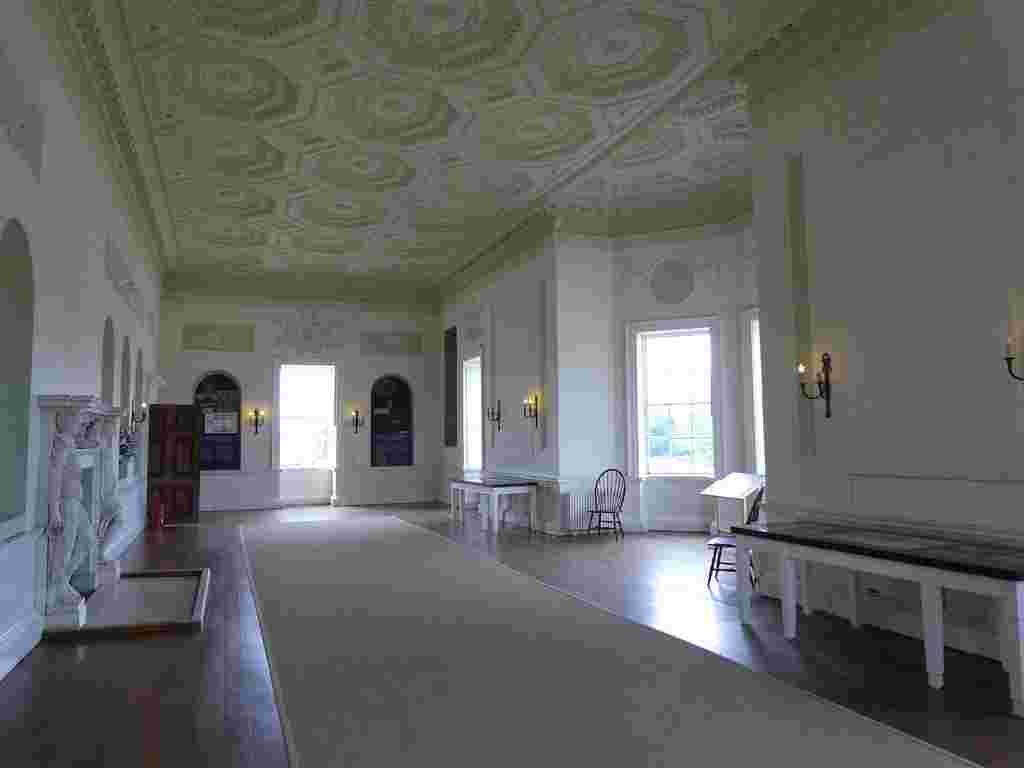
Instead, many of the rooms are used to house temporary exhibitions. Admission £14 and free to National Trust members Croome Court.
RAF Defford Museum is also located at Croome and included in the admission to the National Trust property. During the Second World War and Cold War years RAF Defford was one of the most secret places in the country as it was where Airborne Radar was developed, tested and proven. The museum relates the once secret story of RAF Defford with wartime artefacts, personal possessions, costumes and video presentations.
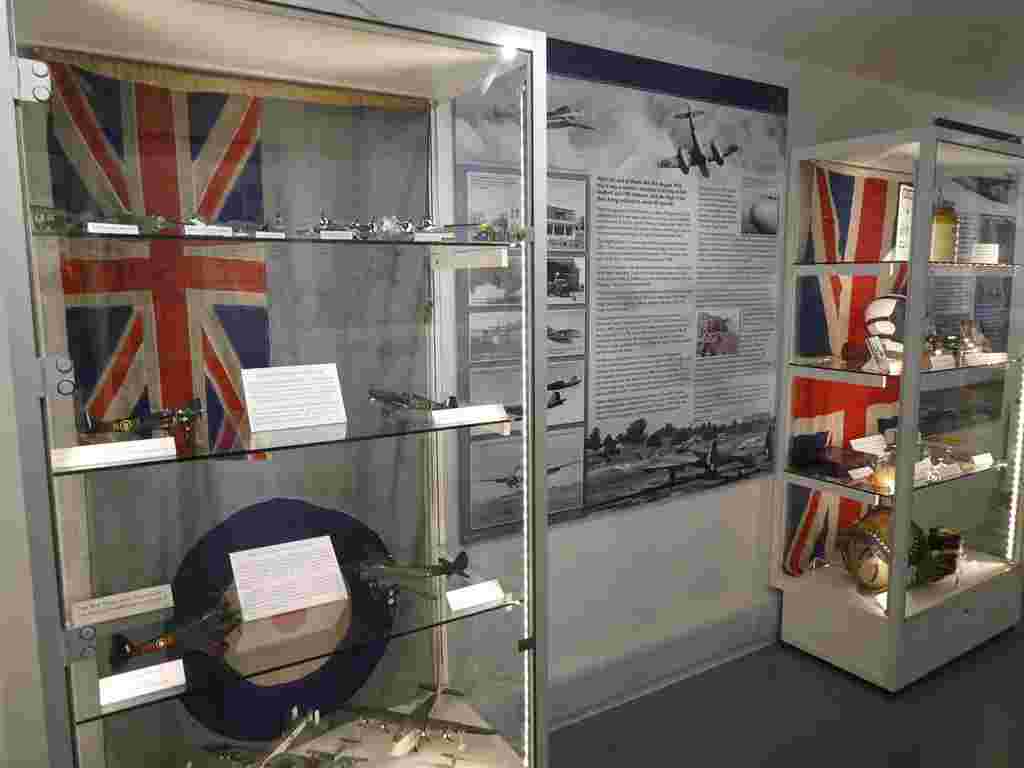
Overall: Malvern and its surrounding area is absolutely beautiful place to spend a few days and I hope this travel guide has inspired you to plan a visit.
We were guests of Visit The Malverns and as always all views and opinions are entirely my own.
If you have enjoyed this post you may also like:


Leave a comment